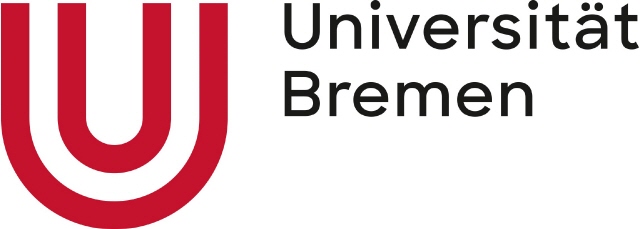OMO
The Oxidation Mechanism Observations (OMO) project, developed by the German atmospheric research community, was one of the first flight missions to be developed and proposed for the HALO aircraft, to exploit its novel and unique capability. The scientific objective of OMO is to study and assess our understanding of the oxidation mechanisms and radical chemistry, which dominate chemical transformation in the free troposphere. The Institute of Environmental Physics of the University of Bremen (IUP-UB) was selected to participate as one of the research groups in OMO.
Within the DFG SPP-HALO funded projects REVOLVER (Peroxy Radical MEasurement based on Optical Feedback CaVity Enhanced AbsOrption Spectroscopy and ChemicaLConVERsion and Amplification and NO2 measurement based on an OF-CEAS system) and PEACE (PEroxy rAdicals measured by OF-Cavity Enhanced spectroscopy in the free troposphere with a focus on the upper troposphere/lower stratosphere) TROLAS focused on the development of a prototype laser detector system for the measurement of nitrogen dioxide (NO2), suitable of deployment on HALO and addressing the requirements for a successful participation in OMO and subsequent interpretation of results.
OMO comprises two experimental campaigns:
OMO-EU (Dec 2014-January 2015) with base in Munich has the character of a test campaign for the identification of experimental issues after deploying all the participating instruments in OMO and performing test flights.
OMO–ASIA (July-August 2015) with HALO base in Pafos (Cyprus) and Gan (Maldives).
Relevant publications
- Horstjann, M., Andrés Hernández, M. D., Nenakhov, V., Chrobry, A., and Burrows, J. P.: Peroxy radical detection for airborne atmospheric measurements using absorption spectroscopy of NO2, Atmos. Meas. Tech., 7, 1245-1257, doi:10.5194/amt-7-1245-2014, 2014.
- Horstjann, M., Nenakhov, V., Burrows, J.P.: Frequency stabilization of blue extended cavity diode lasers by external cavity optical feedback, Applied Physics B, 106 (2), 261-266, 2012.
